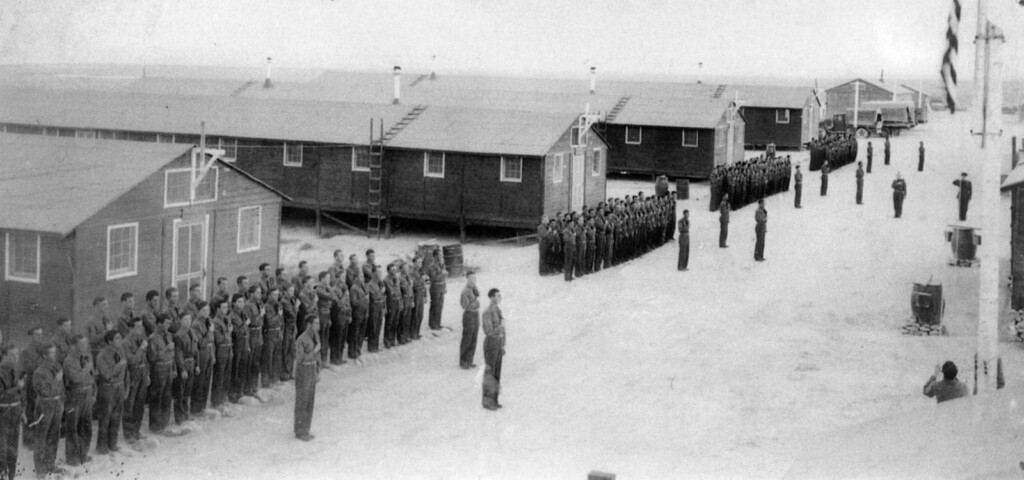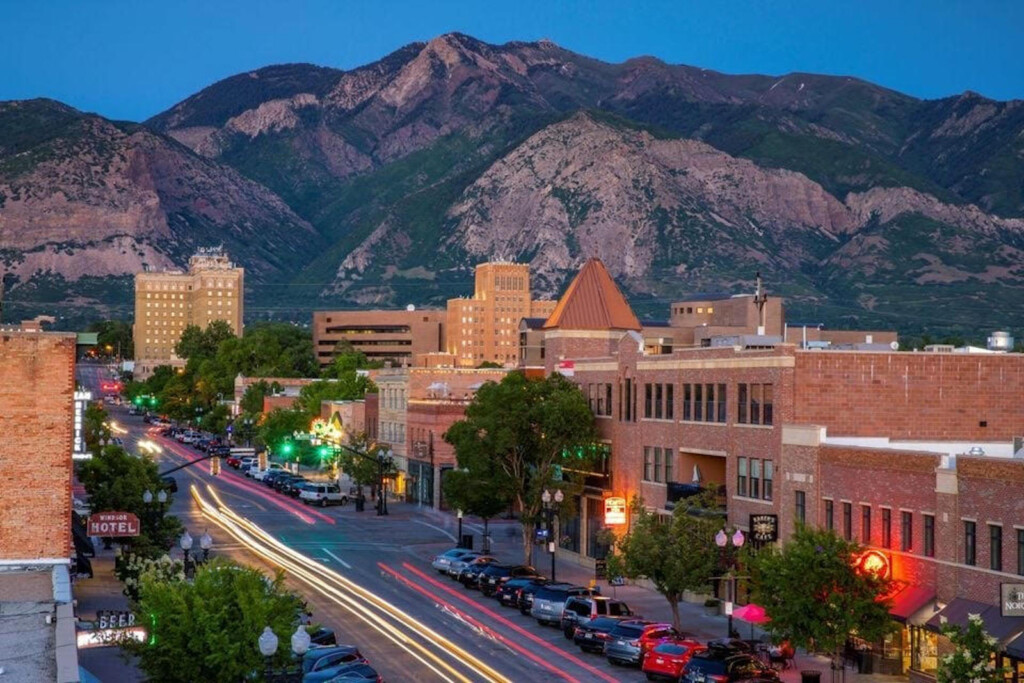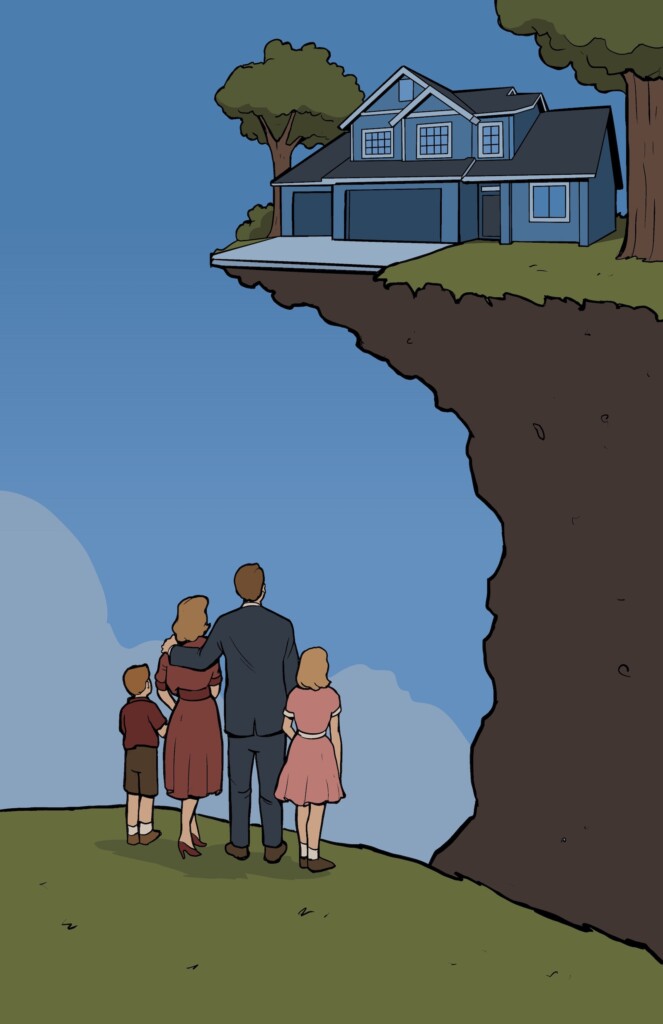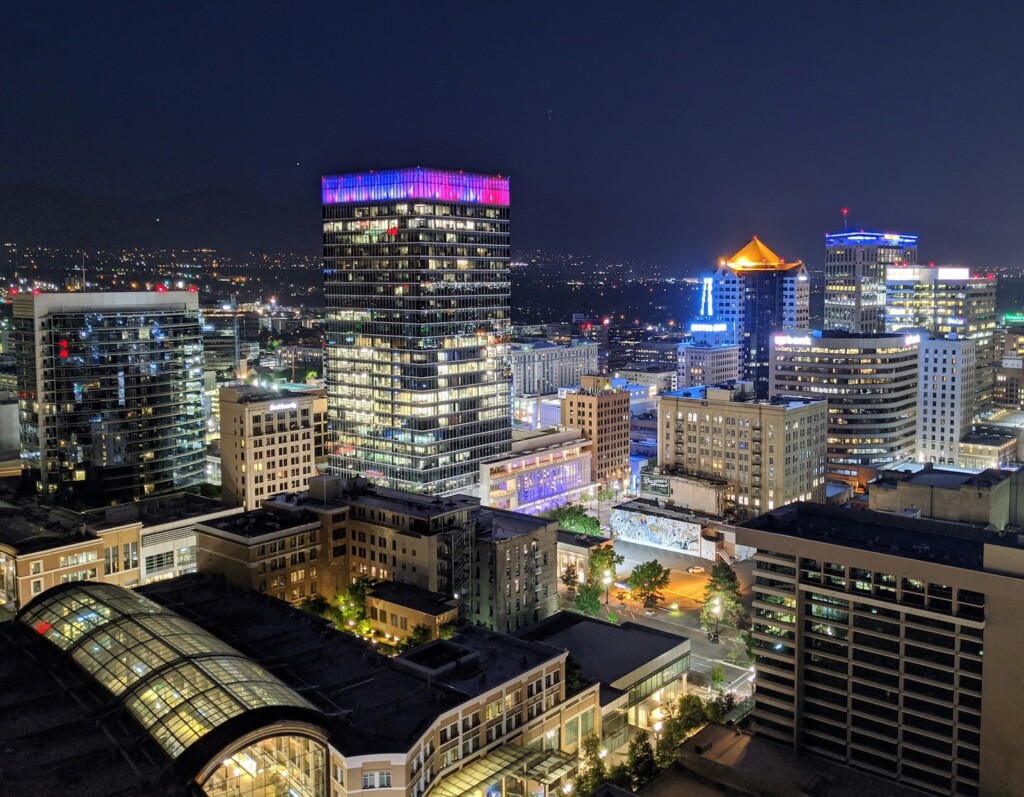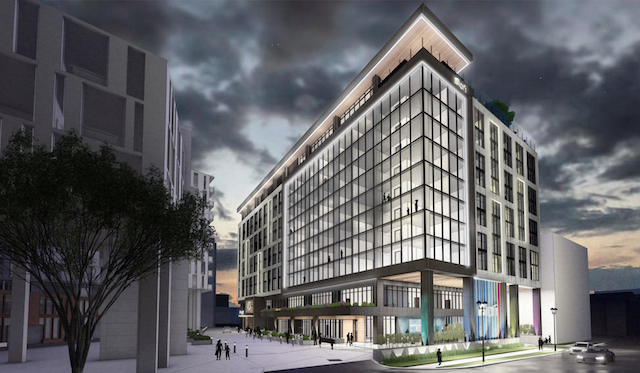
Attending the University of Utah in 1953 retired Third District Court Judge Raymond Uno spent much of his free time in downtown Salt Lake City in an area called Japantown, or “JTown”, practicing judo and socializing with friends.
It was a stark contrast to the three years during World War II when his family was forced from California to what he calls a “concentration camp” in Wyoming during the internment of nearly 120,000 people of Japanese descent. It was one of the country’s most often overlooked human-rights violations of the 20th Century.
Now Uno and others are fighting to preserve what little is left of the once robust area, replete with restaurants, a pool hall, cultural gathering sites, fish markets, and laundries. Uno, 88, is continuing his efforts as a proponent for the Japanese community as a massive $550 million mixed-use hotel, the residential and commercial project proposed by The Ritchie Group, a Salt Lake City development company. In his opinion, the group threatens to overshadow Japantown and poses traffic problems with construction crews, new residents and visitors flooding the old block of 100 South between 200 and 300 West, adjacent to the Salt Palace Convention Center.
“The Ritchie Group is a business and they are in this to make money. I realize that. As a member of the Japanese community, we don’t want to be obstructionists, but we will oppose anything that impedes our activities on Japantown Street and puts people in danger,” Uno said.
To find some common ground and concessions, the Salt Lake City Redevelopment Agency (RDA) paid a facilitator, the Langdon Group, about $7,000 to work with stakeholders including the developer, the Japanese-American community and other property owners in the area. This was after The Ritchie Group asked for millions in public funds for “The West Quarter” project, known as Block 67.
But that brings little solace to Uno. “The Japanese community has been treated poorly for so long. We feel like we’re on an island surrounded by sharks,” he said.
Part of the problem is that not many people know about Japantown. Ask almost anyone in Salt Lake City if they’ve ever heard of it and chances are you’ll get “no” for an answer, even among elderly, lifelong residents. The reason dates back to when imprisoned members of the Japanese population returned to Salt Lake City after the war.
Many people had lost their leases, but more importantly, most of the buildings were razed beginning in the ‘60s to make way for the creation of the Salt Palace, spearheaded by The Church of Jesus Christ of Latter-day Saints and backed by city and county leaders.
“They lost hope after what they had been through and many left,” said Jani Iwamoto, a third-generation Japanese American and second-term Democratic State Senator for District 4, which includes parts of Salt Lake City, Holladay, Millcreek, and Murray. “There was so much racism” and bad memories of what occurred at the camps that many business owners closed up shop.
So what remains in the formerly thriving neighborhood? Not much, at least in the physical, but certainly not the spiritual realm. There is a Japanese Christian Church, a Buddhist Temple, and a garden. In 2007, the Salt Lake City Council renamed the block of 100 South, west of the Salt Palace as Japantown Street and there was talk of reviving the area. That never transpired. As Iwamoto explained, the temple and church are historic sanctuaries for worship, and people come here from all over Northern Utah since there are not an abundance of places to congregate and practice their faith.
“We are not opposed to development, but we feel we never had a seat at the table,” Iwamoto said.

Now members of the Japanese-American community and others are in discussions with the Ritchie Group. The biggest concerns are that much of the trash from what The Ritchie Group named The West Quarter will be placed in possibly reeking bins close to the church and temple, traffic will most likely explode, noise from construction could ruin the tranquility and the city might refuse to block vehicles from Japantown Street several times a year when cultural festivals are held, as has been allowed in the past.
Ryan Ritchie, a co-founder of the development company, said he will “put in writing” that the Ritchie Group is dedicated to working with the community and is in favor of shutting down the block during festivals and even help them open businesses on what are now parking lots.
In July, the RDA authorized the transfer of $15 million in state highway funds to be used for the construction of an 800-space underground parking structure for the 230-unit apartment and urban infill development that Ritchie said will also be a boon for the Vivint Arena, home to the Utah Jazz and other events, and downtown in general, which he said is sorely in need of extra parking spaces.
The company also wants a tax reimbursement agreement for up to $43 million and that request is what spurred the RDA to hire the Langdon Group. At the RDA’s November 27 meeting, a decision was made to pay $100,000 to an unnamed consultant and form a “working group” as the Langdon Group recommended. But the complex process is still ongoing and remains unresolved. The next RDA meeting was scheduled for December 11, and the board planned then to set a public hearing in which people would have 30 days to provide feedback on the draft Block 67 community reinvestment area (CRA) proposal. It also is trying to rezone some of the land so a hotel planned for phase two could rise up to 30 stories, which is higher than what is currently permitted. The first phase of construction on the apartments and commercial space is set to begin in spring. Rents are still under evaluation, but likely will range from $1,300 for a studio up to $7,000 for a penthouse, Ritchie said.
As for Japantown supporters, “We would work with their schedule of events,” Ritchie said. “We want to build a friendship with the Japanese community. The festivals bring a lot of people there and we think our residents and visitors would love it. We think these are exciting times.”


